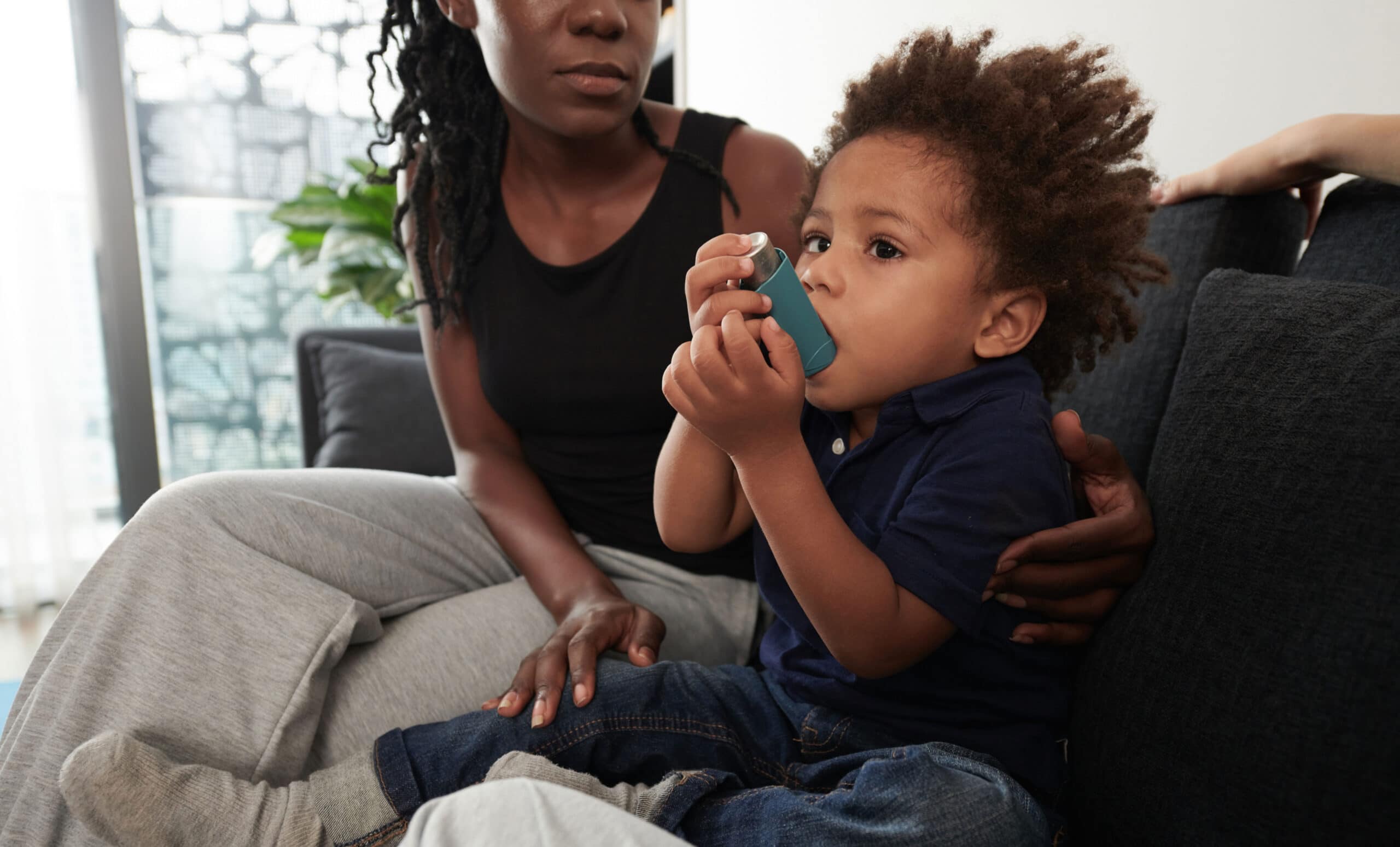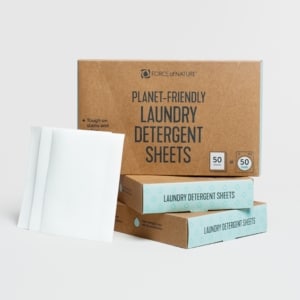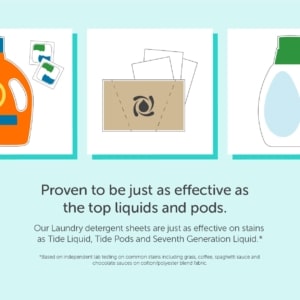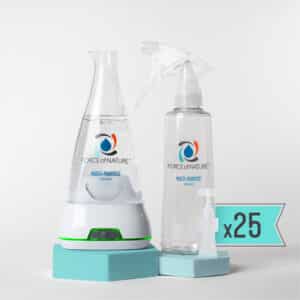We know schools prioritize the health and well-being of students, faculty, and staff. While they work very hard to comply with American Disability Act (ADA) guidelines to ensure the safety and inclusivity of everyone they employ and care for, many people are not aware that allergies and asthma are included under the ADA. In both the ADA and Section 504, a person with a disability is someone who has a physical or mental impairment that seriously limits one or more major life activities or who is regarded as having such impairments. Allergies and asthma are typically considered disabilities under this definition, as they impact a person’s ability to breathe, eat, work, and go to school. This is worth special attention given about 40% of US children and 30% of US adults have asthma or allergies.
One of the simplest and most effective ways schools can help protect their students and staff who suffer from allergies and asthma, and comply with ADA guidelines (among other leading experts), is to eliminate specific cleaning and disinfecting product ingredients. Specifically, the CDC recommends not using cleaning products with quaternary ammonium compounds (quats), bleach, or fragrances around this population. While schools work hard to comply with disinfecting and sanitizing guidelines, the very cleaning products and disinfectants they are using to keep their students and team members safe from sickness-causing germs can be dangerous triggers for allergies and asthma, and are also linked with COPD.
Here’s how Force of Nature can help your school or daycare protect your students and staff and comply with important ADA guidelines.
ADA, Asthma, and Allergies: What Your School Needs To Know
Even though allergies and asthma may only be triggered at certain times, they are still included under the ADA’s considerations required for a safe, healthy environment for people who suffer from these conditions. These accommodations help ensure that children or employees who may need to use a quick-relief inhaler or have a specific allergy can receive accommodations needed to ensure their safety.
1. Cleaning Products Are Poorly Regulated and Commonly Contain Harmful and Toxic Chemicals
Exposure to cleaning products (particularly those that contain bleach, quats and fragrances) can be so damaging over the long term that research has proven it is as harmful to our lungs as smoking a pack of cigarettes a day. The cleaning product category is not well regulated, and manufacturers only need to prove their ingredients are effective at cleaning or disinfecting – not that they are safe for people with asthma or allergies to come into contact with or breathe in.
2. Bleach, Fragrances, and Quats Pose Serious Risks For People With Asthma & Allergies
An estimated 37% of childhood asthma cases may be a result of exposure to chemicals in cleaning products. Most cleaning and disinfecting products contain bleach, quats, fragrance ingredients or a combination of these. These 3 ingredients are some of the worst offenders for inducing dangerous allergy and asthma flares in children and adults, as these ingredients are particularly hard on the respiratory system.These chemicals are also part of a growing and important public health concern – here’s what you need to know about bleach, quats, and fragrances:
- Bleach: While many people still believe bleach to be the gold standard in cleaning, many of the things we know about bleach turned out to be myths – including that it has a long shelf-life. Bleach (sodium hypochlorite) is a caustic substance that is a respiratory irritant and can cause serious burns to our delicate skin and eye tissue. The impacts of bleach also linger after the initial exposure. For example, some asthma sufferers continue to show reduced lung function the day after exposure to bleach.
- Quats are a class of compounds often used in cleaning products because of their antimicrobial properties. They come with serious health risks, including skin and respiratory irritation and exacerbating asthma and allergy symptoms. Quats linger on surfaces for a long time, so children and staff can be re-exposed to these chemicals even after the products have dried overnight.
- Fragrances: Fragrances often contain harmful chemicals that do not have to be disclosed by manufacturers due to a regulatory loophole (fragrances are considered “trade secrets”). As a result, hundreds of ingredients can be hidden under the term “fragrance” and almost every cleaning and disinfection product contains fragrances. In a research study among asthma sufferers, scented products triggered reactions so severe that 62.8% would be considered disabling under the ADA. Fragrances have also been linked to hormone disruption among other risks – a concern for children because this exposure compounds over time.
3. Kids Are At Greater Risk for Allergies and Asthma From Cleaning Products
Every educator knows that there are no better germ-vectors than children! Because of their smaller size than adults, they’re disproportionately at risk of harm from the toxic chemicals in conventional cleaning and disinfecting products – even those that are registered by the EPA. These health risks include an increased risk of asthma, allergies, and hormone disruption. Mothers who are chronically exposed to cleaning products have been proven to be up to 70% more likely to have children with asthma.
The Good News: Using Force of Nature In Your School
The good news is that you don’t have to choose between effective cleaning and keeping your students and staff safe, even those with asthma and allergies. We launched our Force of Nature appliances to end the compromise between what works and what’s gentle to people and our planet. We know how important it is for you to keep your students and staff safe, and we knew there had to be a way to create a cleaning system that could help schools effectively disinfect and clean without putting their students and staff in harm’s way.
Our appliances use electricity to convert tap water, plus a tiny capsule of salt, water and vinegar, into an all-in-1 cleaning, deodorizing, sanitizing, and disinfecting formula that meets the EPA’s stringent germ-kill requirements. Our formula is a medical-grade EPA registered disinfectant that kills 99.9% of germs including Staph, MRSA, Salmonella, Listeria, Pseudomonas, Norovirus, and Influenza A and is on the EPA’s List N, the disinfectants approved for use against SARS-CoV-2, the cause of Covid-19. And good news – “EPA expects all products on List N to kill all strains and variants of SARS-CoV-2”. It contains no toxic chemicals, residues or fumes and disinfects with no need to rinse.
Our formula earns the highest possible rating by the Mayo Clinic’s SkinSAFE allergy rating system, the Clean Label Project Purity Award and is recognized by the National Psoriasis Foundation. We’re also Green Seal Certified for meeting the highest standards in protecting health, preserving the climate, and minimizing waste and certified Carbon Neutral by ClimatePartner. When it comes to cleaning effectiveness, our toxin-free formula is just as effective as Windex on glass, Formula 409 on grease, Scrubbing Bubbles on soap scum, Febreze on odors, and Resolve on rugs. You can see lab test results vs the leading brands here. Just as great? We priced it to be affordable to anyone who wants to be more sustainable, so it costs up to 80% less per oz than the leading brands. At just 10 cents an ounce or $11 a gallon, it’s a super cost effective way to keep schools safe from germs and free from toxic cleaning chemicals.
One Technology, 2 Sizes.
We have 2 size options to meet the needs of smaller and larger spaces: our 12 ounce Force of Nature for smaller businesses and homes, and our new large-capacity, commercial-grade Force of Nature Pro that makes 32 or 64 oz. Our appliances use an electronic control system that senses and automatically adapts to accommodate differences in water chemistry and temperature to ensure that every batch meets the EPA’s germ-kill standards.
We’re proud to offer schools a product that meets unmatched standards when it comes to protecting children and staff with asthma and allergies. With our powerful yet gentle formula, you can take comfort that you are effectively disinfecting and cleaning your school without putting your staff or students at risk from conventional cleaning chemicals. Purchasing for a large business or organization? We can customize pricing, assortment and training for you! Just click here to get started.




